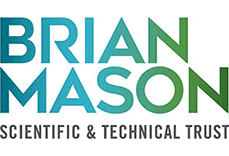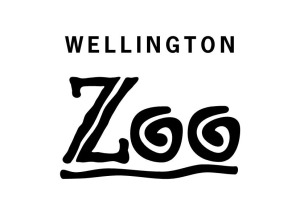
End of spring update from the coastline
Blue Penguin
Breeding:
Monitoring from Punaikaiki to Cape Foulwind is showing a good breeding season. Numbers of breeding pairs is similar to last year, with the exception of 2 pairs re-establishing at our Punakaiki monitored site, where the colony appeared to have been lost.
Two chick nests are dominant with one chick nests representing 20% of breeding attempts. We are entering the final period of the breeding season so hoping Santa keeps delivering the moana kai to complete fledging, for new fishers and feed up the adults before they moult.
Foraging:
In early September, with the help of NZ Penguin Initiative‘s Richard, Thomas and Hanna, 7 GPS loggers were deployed on blue penguins at Nile, Knoll and Rahui colonies. Each datalogger recorded a single foraging trip of a chick-feeding adult. A further 4 deployments were made at Rahui on post-guard chick-feeding adults in mid-October. Further analysis of 2020 dive data and travel data and comparison with previous seasons data will follow. Our data set of breeding season foraging behaviour is growing and we hope to work with others in order to analyse in relation to marine conditions.


Tawaki
Predator Monitoring:
The predator monitoring of three tawaki colonies has finished for the season. Catherine Stewart has performed another sterling effort at Gorge River (where there is no predator management), as have Andre de Graaf at Jackson Head (low predator management through trapping) and Sarah Kivi at Knights Point (1080 management 2019). at Gorge River.
Preliminary results show all sites had successful breeding seasons. Stoats were detected at Jackson Head and Knights Point, with the former colony appearing to having had a sub-colony impacted by stoat predation/disturbance at the egg and early chick stage. Nest footage has been collated and is awaiting analysis.

























